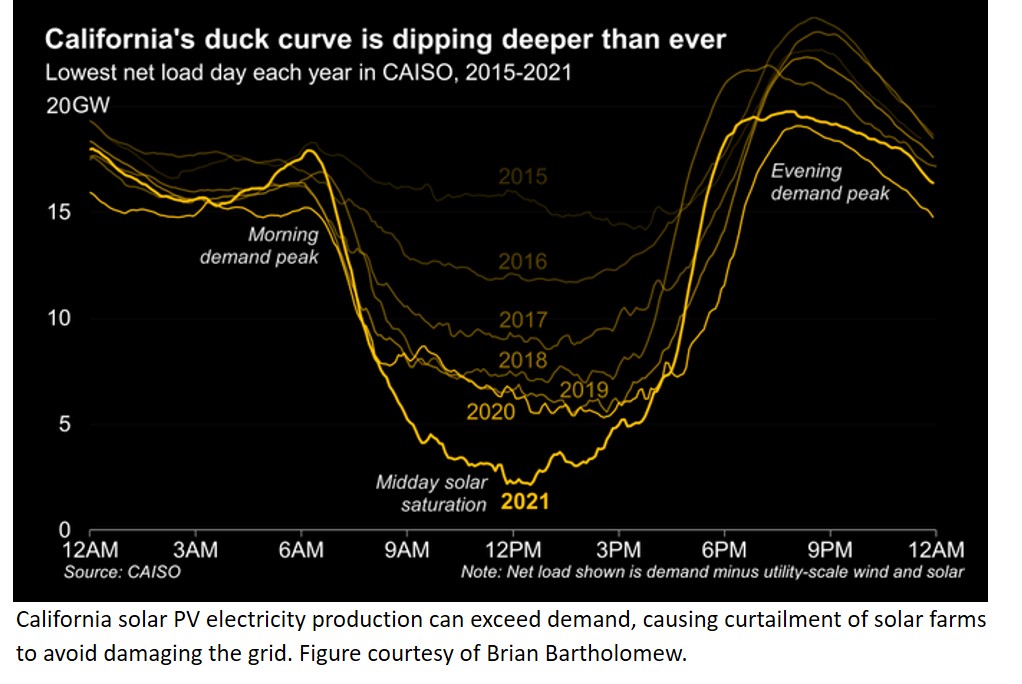Desalination (de-sal) is the process of separating salt from water. Humans have been doing it throughout the ages in pursuit of either salt or freshwater. It takes energy to separate salt from water, but advances in polymer membrane technology and operational learning have reduced the required energy so it has become a viable and important option for coastal cities in arid climates.
Most people think of de-sal in terms of making freshwater from seawater. The amount of energy required is largely determined by the amount of salt that needs to be separated out. Thus, starting from brackish water, which is less saline than sea water, less energy for de-sal is needed. Similarly, starting with sewage wastewater can also result in energy savings, although it adds pretreatment complexity. (This is why potable reuse is almost as expensive as de-sal.)
How is Desalination Done? In the process called Reverse Osmosis (RO) seawater is drawn in through screened intakes, further filtered and chemically pre-treated as would be done with any other environmental source of water. The salty water is then pushed under pressure (applied energy!) through pipes full of holes, tightly wound with layers of semi-permeable polymer membranes. Because only small water molecules can pass through the membranes, freshwater exits the outside of the membrane roll while the inside pipe contains concentrated salty brine.
Brine is sent to the ocean in miles-long undersea pipes and released with diffusers/rotors to help the brine mix quickly to near ambient salinity. This reduces the negative impact on marine life. Brine lines have long been used to dispose of effluent from municipal wastewater treatment plants, cleanup of industrial wastewater and from de-sal plants serving inland areas that rely on brackish well water.
Desalination Use and Costs As the cost of de-sal goes down, and the cost of other sources increases (or the supplies become scarce), de-sal has become more popular. There are over 20,000 de-sal plants of all sizes in operation globally, including a small one for a brackish well in my community that I never noticed until I started researching this issue.
During Australia’s Millennium Drought, Australia began building desalination plants in every coastal city. Now that the drought is over, de-sal supplies 17-50% of each coastal cities’ water. When the next drought hits, Australia’s largest cities will be well-prepared. Ironically, during the floods of March 2021, de-sal saved Sydney’s drinking water system from contaminated river water. Turkey, Israel and Singapore have also built de-sal plants for water security so that they do not have to depend on often-hostile upstream neighbors.The energy cost of de-sal freshwater for a proposed plant near LAX airport is about 4061 kWh/AF (kilowatt hours per acre foot) vs 3254 kWh/AF for imported Sacramento-San Joaquin Delta water, not counting distribution costs, which reduces the difference. In context, desalinated water costs 12.5 wh/gal to produce and LA residents use about 80 gallons/day (with wide variations in use). That’s about the same electricity needed to move the smallest Tesla model 3 miles and it requires no highly toxic batteries.
De-Sal Can Help the Grid Solar energy development is currently hindered in California because there is not enough demand for daytime electricity. This is seen in the figure below showing California electricity demand throughout the day in the years 2015 to 2021. (The figure is called the “duck curve” because the lines on the graph resemble a duck!)
Excess electricity must be curtailed by several methods and that power is lost to the grid. Increasing mid-day demand through de-sal and electric cars (both large electricity consumers) can help advance California’s conversion to carbon-free energy. Increasing mid-day demand will eliminate the need to curtail solar farms midday. Minimizing the need for curtailment makes solar more profitable and more arrays can be built.
The League of Women Voters of California evaluates each proposed desalination project individually using our decision support checklist/matrix which can be found here.
Dr. Grace Peng, Member LWVC Water Committee

